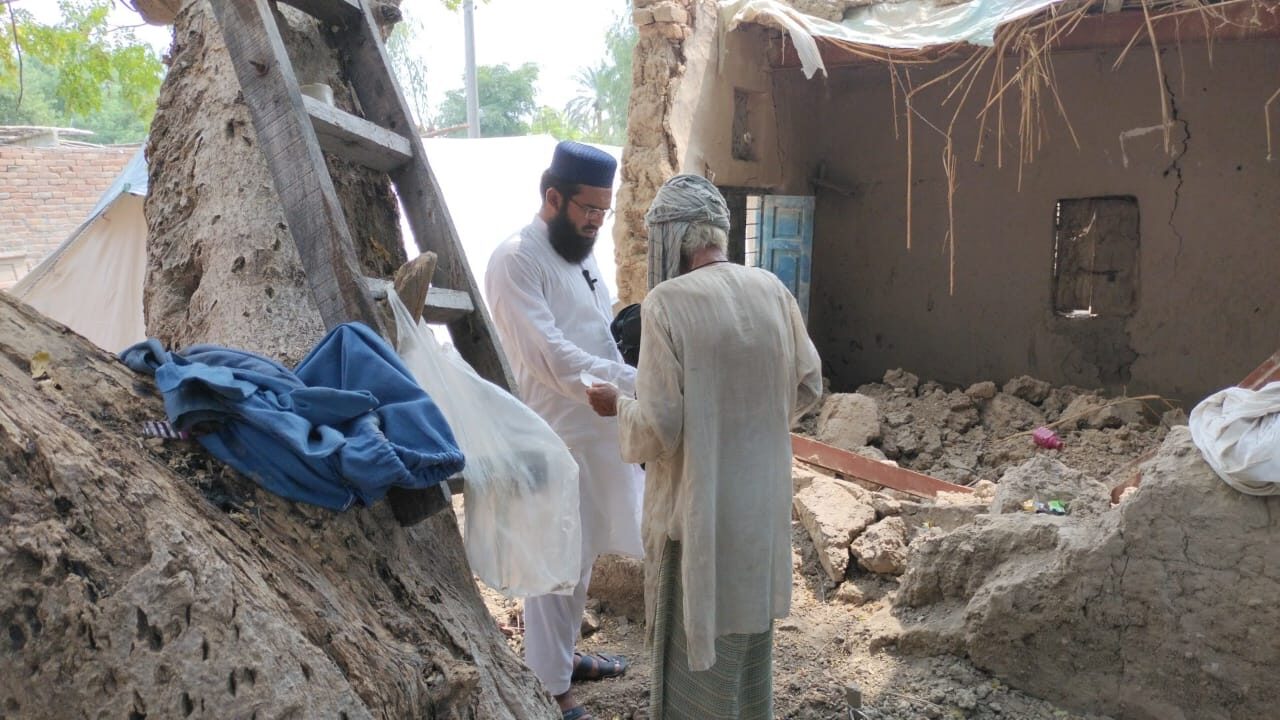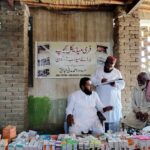
Disaster Management
Disaster management is a crucial process that seeks to prevent, prepare for, respond to, and recover from emergencies caused by natural and human-made disasters. From floods, earthquakes, and cyclones to pandemics and man-made crises, effective disaster management requires an organized and comprehensive approach to minimize the impact on human life, property, and the environment. Organizations like the Abbasi Welfare Foundation (AWF) play a vital role in implementing disaster management strategies and providing essential support to affected communities. In this article, we will explore the importance of disaster management, the stages involved, and how AWF’s initiatives have been making a positive difference in communities locally and globally.
The Importance of Disaster Management
Disasters, whether natural or human-made, can be unpredictable and cause widespread devastation. They lead to the loss of life, severe injuries, damage to property, displacement of populations, and economic losses. However, effective disaster management can significantly reduce these impacts. Proper planning and resource allocation before a disaster strikes can make a critical difference in saving lives, reducing financial losses, and helping affected communities rebuild.
Disaster management is not just about responding to emergencies. It also involves risk assessment, preparedness, and resilience-building to protect communities from future disasters. With organizations like Abbasi Welfare Foundation taking proactive steps to educate and support communities, we can work towards a safer, more resilient society.
The Four Phases of Disaster Management
Disaster management is a multi-stage process, and each phase plays a critical role in addressing different aspects of a disaster. Here’s a breakdown of the four primary phases:
Mitigation
The goal of mitigation is to minimize the impact of future disasters by identifying risks and implementing protective measures. This phase includes activities such as constructing buildings to withstand earthquakes, creating flood barriers, and enforcing regulations on land use. Organizations like AWF assess vulnerable areas and work with communities to adopt preventive measures, including educational campaigns on disaster preparedness.Preparedness
Preparedness involves planning and training communities and organizations to effectively respond to disasters. This phase includes developing emergency plans, organizing drills, stocking emergency supplies, and training first responders. AWF conducts preparedness workshops and awareness programs, ensuring that communities are well-informed and ready to handle emergencies. Preparedness minimizes chaos and enhances the efficiency of response efforts.Response
The response phase involves the immediate actions taken once a disaster strikes. This can include search and rescue operations, emergency relief, medical assistance, and evacuation support. AWF mobilizes volunteers and resources to provide prompt relief, including shelter, food, medical aid, and clean drinking water, to affected areas. Their quick response not only saves lives but also provides the necessary support to stabilize communities during a crisis.Recovery
Recovery focuses on restoring affected areas to their pre-disaster conditions or better. This phase includes repairing infrastructure, providing psychological support, rebuilding homes, and helping people return to normal life. The recovery phase can be lengthy and requires significant resources. AWF remains committed to long-term recovery projects, including rebuilding efforts and providing job training, to help communities regain stability and resilience.
Abbasi Welfare Foundation’s Role in Disaster Management
Abbasi Welfare Foundation is a non-political welfare organization dedicated to serving communities affected by disasters. Based in Pakistan, AWF also operates globally, offering aid and support to those affected by various crises. AWF’s holistic approach to disaster management, from preparedness to recovery, reflects its commitment to building resilient communities. Here are some key aspects of AWF’s disaster management efforts:
Risk Assessment and Mitigation Initiatives
AWF conducts risk assessments to identify areas vulnerable to natural disasters, such as flood-prone regions, earthquake fault lines, and areas susceptible to landslides. The foundation collaborates with local authorities and experts to analyze potential hazards and work on mitigation strategies. AWF also helps develop and promote building standards and safety regulations to reduce the impact of disasters on infrastructure.
By raising awareness about the importance of risk assessment and encouraging communities to adopt preventive measures, AWF helps reduce the likelihood of severe damage during disasters.



